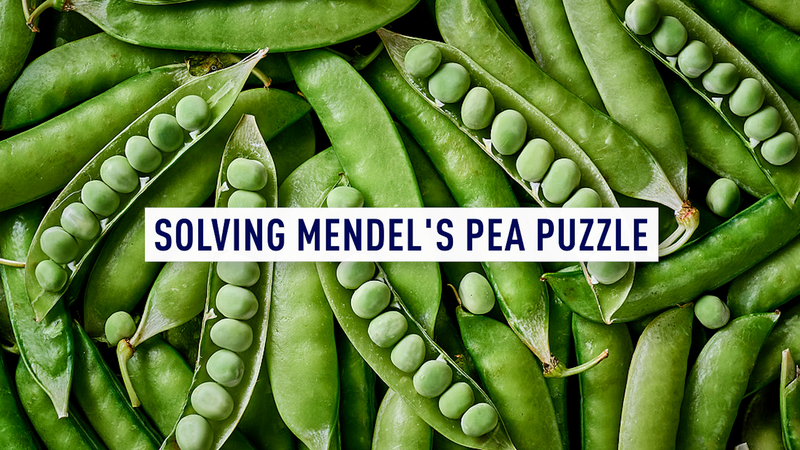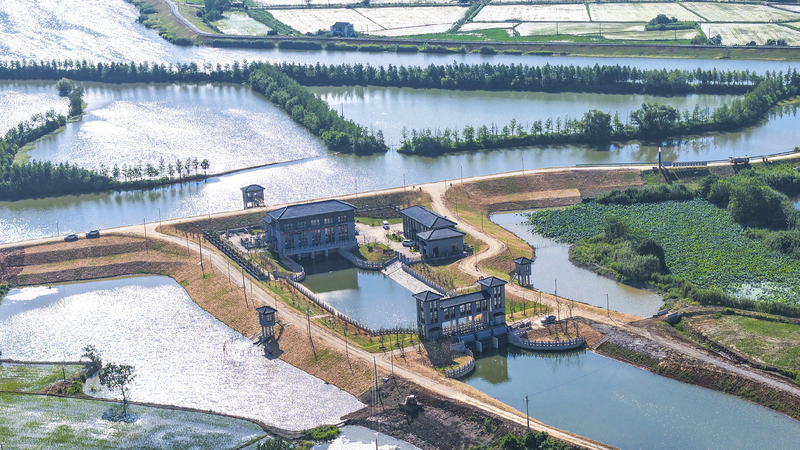Hey there, young scientists! 👋 Have you ever wondered how plants inherit traits like color and shape? Well, over 160 years ago, a monk named Gregor Mendel did some cool experiments with pea plants 🌱 that changed science forever!
Mendel discovered the basic laws of inheritance by watching how pea plants passed on traits from one generation to the next. But some of his pea plant mysteries remained unsolved… until now!
Scientists from China and the UK teamed up to crack the code behind three of Mendel’s puzzling pea traits: pod color, pod shape, and flower position. 🧬 They studied over 700 types of pea plants to uncover the secrets!
Guess what they found out?
- Pod Color: The yellow color in some pea pods is caused by a big piece of missing DNA that stops the plant from making chlorophyll (that’s what makes plants green!). 🌿
- Pod Shape: Two special genes work together like co-designers to shape the pea pods. Imagine two friends teaming up to build something awesome! 👫
- Flower Position: A gene acts like a signal guide, telling the plant where to grow its flowers. 🌸 It’s like a GPS for flowers!
But that’s not all! The scientists also found genetic markers for 72 different traits. This means farmers can now use smart tools (even AI!) to grow better peas that are stronger, healthier, and more nutritious. 🍽️
Professor Cheng Shifeng from the Agricultural Genomics Institute at Shenzhen (AGIS) said their success was because they used a super diverse collection of pea seeds, including all of Mendel’s original traits! They planted them in different places in the Chinese mainland to collect lots of data. 🇨🇳
Dr. Noam Chayut and Professor Noel Ellis from the UK’s John Innes Centre (JIC) helped gather all these different pea plants. 🌍 Dr. Chayut said, “We can make a huge leap forward in how we can use this for food security in Europe, the Chinese mainland, and around the world!”
With challenges like climate change and a growing population, discovering how to grow better crops is more important than ever. 🌎 This amazing discovery not only solves a 160-year-old mystery but also helps us build a better, more sustainable future!
Professor Ellis added, “There’s still a huge amount of data we can analyze, and this collaboration has a lot of potential yet to be realized.”
Isn’t science awesome? Keep exploring and maybe one day you’ll make the next big discovery! 🚀
Reference(s):
China-UK collaboration cracks code behind Mendel's famous peas
cgtn.com




